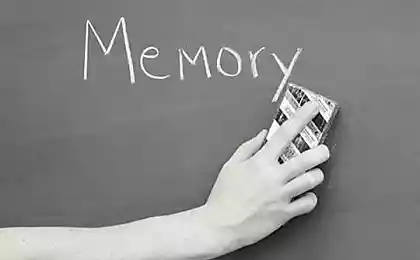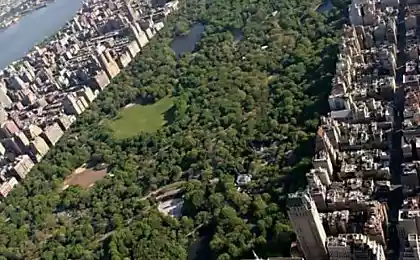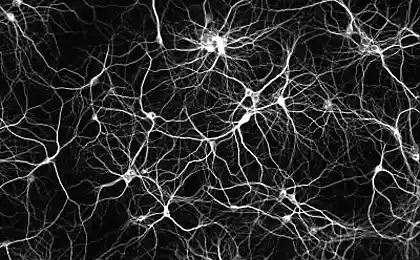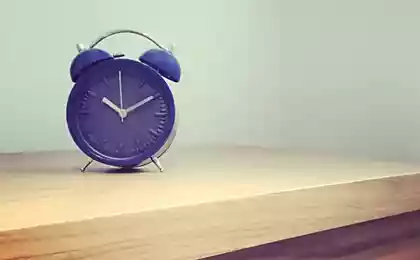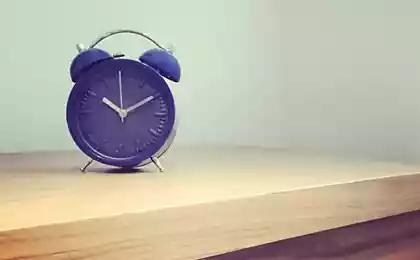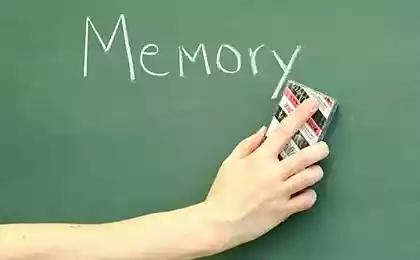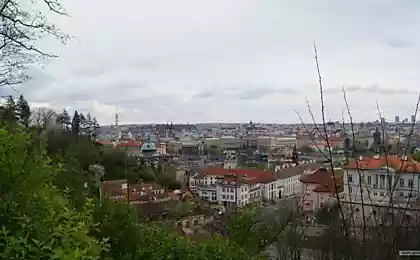439
The recipe to improve memory by 20%.
You know, when after productive work at the computer there comes the situation when information is not perceived. Unable to catch myself thinking that I absolutely don't remember what was the last read page or when you print a document from proposals lost the logic and connectedness. Then you get up, go to the kitchen and... smart, feel stupid, because I can't even remember why I came here. Most of us know that a short walk can do miracles. Like the brain restarts again and you can productively think, work, create... there is a "fresh" look.
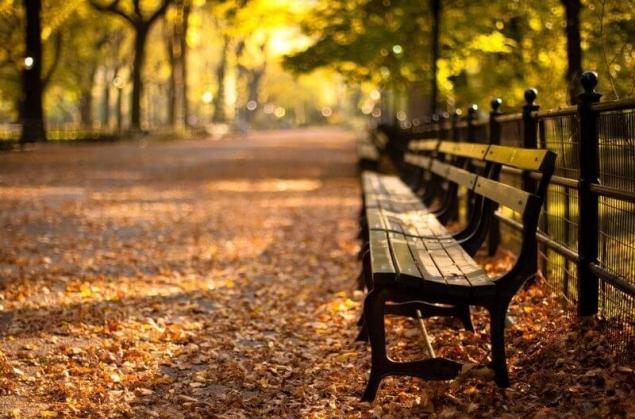
Everything in the Park!
So be it, go out but where to go? Towards the city's cafes or in the Park?
Mark Berman with his colleagues from the University of Michigan decided to investigate what the effect of walking on cognitive function (learning ability and perception).
In the first test participants for 35 minutes, asked to do different actions with the random numbers, including their learning. Then participants were divided into two groups. One was sent to walk in the Park, and the second in the city. After the walk they were again asked to be tested.
The results showed that people's performance on the test increased by 20% after a walk among trees. The group walking on the city, the results increased slightly.
In the second testing group decided not even to release to the street, they just showed images. One — the city and the nature. This time the improvements were not as impressive, but the images of trees gave a larger increase to efficiency of thinking.
Why is this happening?
Our attention is divided into two types: voluntary and involuntary.
The first type of thinking allows us to focus on the selected subject, as you are doing now when you read the article.
Involuntary type of attention can be attributed to the instinctive perception of the environment. If near you will hear a sharp clap, you upregulate reflex. This reflex is essential for survival. We unconsciously pay attention to moving objects so they don't hit us; at passers-by, all the sounds, noises, etc.
No wonder that potential hazards on a busy street in few times more than a green lawn. Sirens, SMS loudspeaker, people, turnstiles, hundreds of moving objects... In the city the brain is forced to constantly react to everything(!) external stimuli, whether we like it or not. That's why a walk in the Park allows us to let off steam.
Now, when work will begin to stroke, you know that the best medicine is a walk in the Park in the fresh air.
If this is not possible, then fit and easy viewing of photographs of nature. Try to start with this collection. published
Author: Chernov Dmitry P. S. And remember, only by changing their consumption — together we change the world! © Join us at Facebook , Vkontakte, Odnoklassniki
Source: 4ernov.ru/2013/11/20.html

Everything in the Park!
So be it, go out but where to go? Towards the city's cafes or in the Park?
Mark Berman with his colleagues from the University of Michigan decided to investigate what the effect of walking on cognitive function (learning ability and perception).
In the first test participants for 35 minutes, asked to do different actions with the random numbers, including their learning. Then participants were divided into two groups. One was sent to walk in the Park, and the second in the city. After the walk they were again asked to be tested.
The results showed that people's performance on the test increased by 20% after a walk among trees. The group walking on the city, the results increased slightly.
In the second testing group decided not even to release to the street, they just showed images. One — the city and the nature. This time the improvements were not as impressive, but the images of trees gave a larger increase to efficiency of thinking.
Why is this happening?
Our attention is divided into two types: voluntary and involuntary.
The first type of thinking allows us to focus on the selected subject, as you are doing now when you read the article.
Involuntary type of attention can be attributed to the instinctive perception of the environment. If near you will hear a sharp clap, you upregulate reflex. This reflex is essential for survival. We unconsciously pay attention to moving objects so they don't hit us; at passers-by, all the sounds, noises, etc.
No wonder that potential hazards on a busy street in few times more than a green lawn. Sirens, SMS loudspeaker, people, turnstiles, hundreds of moving objects... In the city the brain is forced to constantly react to everything(!) external stimuli, whether we like it or not. That's why a walk in the Park allows us to let off steam.
Now, when work will begin to stroke, you know that the best medicine is a walk in the Park in the fresh air.
If this is not possible, then fit and easy viewing of photographs of nature. Try to start with this collection. published
Author: Chernov Dmitry P. S. And remember, only by changing their consumption — together we change the world! © Join us at Facebook , Vkontakte, Odnoklassniki
Source: 4ernov.ru/2013/11/20.html
Rejuvenating mask from a turmeric— the secret to perfect skin!
Millet can replace rice and potatoes in a healthy diet

